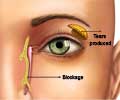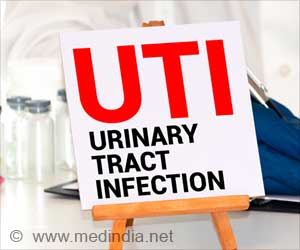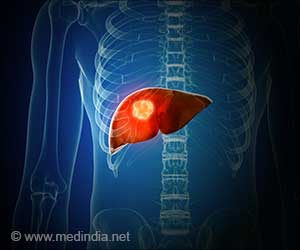Retinopathy of prematurity (ROP) is the leading cause of childhood blindness in the United States and worldwide.
Retinopathy of prematurity (ROP) is the leading cause of childhood blindness in the United States and worldwide. However proper diagnosis of the condition requires a time intensive process and significant coordination between ophthalmologist and NICU staff. A recent study examining ROP diagnosis speed using indirect ophthalmoscopy versus telemedicine, remote medical consultation, is featured in the July issue of the American Journal of Ophthalmology, published by Elsevier.
The study was designed to compare the ophthalmologist's speed of ROP diagnosis using telemedicine versus traditional bedside ophthalmoscopy. The findings reveal that: 1) ROP diagnosis by the ophthalmologist is significantly faster via telemedicine, and 2) there are significant time requirements by ophthalmologists associated with ROP diagnosis at the NICU bedside beyond ophthalmoscopy. In particular, additional time is taken for travel and communication with families and hospital staff.To counteract these time requirements the implementation of telemedicine for ROP management has the ability to decrease the time commitment for examining ophthalmologists. Previous studies have shown that telemedical ROP diagnosis is highly accurate and reliable compared with ophthalmoscopy, and future work is required to address workflow questions in more detail.
According to senior author Michael F. Chiang, MD, "Telemedicine has potential to improve the delivery and accessibility of care for infants with ROP by reducing geographical and logistical barriers. This study shows that it may also improve the efficiency of care for ophthalmologists."
Given the increased number of at-risk infants in the United States and worldwide, improved use of ophthalmology resources may help to prevent cases of avoidable childhood blindness.
Source-Eurekalert
RAS









